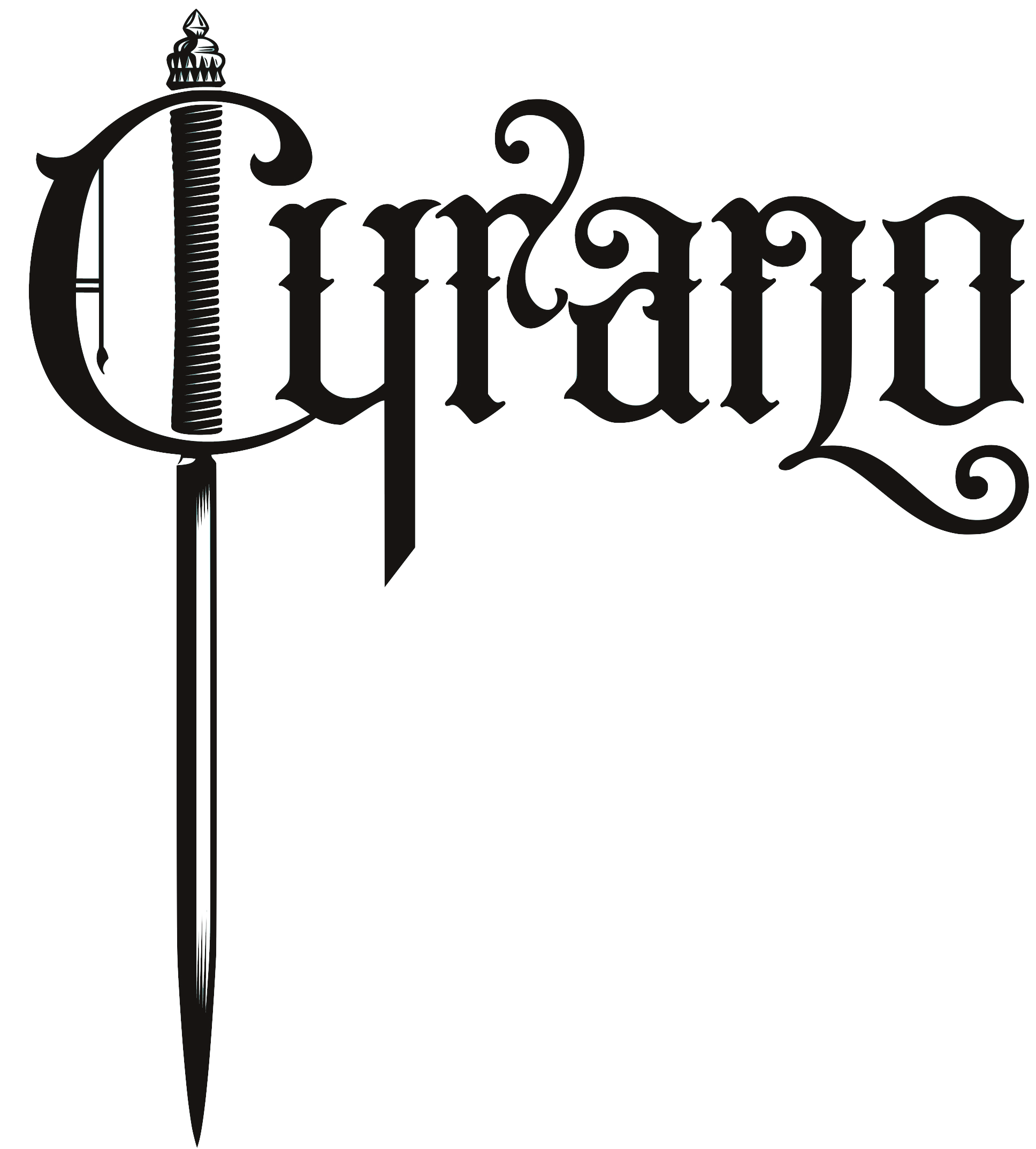Words from Armagnac: Serpentine [ ˈsɜːpənˌtaɪn ]
Words from Armagnac: Serpentine
There is nothing quite like the coiled, multicolored serpentine ribbons that carpet the ground of a carnival or other festivals. In Armagnac however, the serpentine is nothing like a streamer. It is a copper tube that coils around on the right-hand side of the alambic, the primary tool for distillation.
Firstly, there is the wine that fills the wine heater and then pours over continuously into the left-hand column of the alambic where it flows down from plate to plate before it reaches the boiling point from the fire in the boiler. It emits vapors that then proceed upwards in the opposite direction: they rise up and bubble in the descending wine to give them their alcohol and aromas. They then flow into the right part of the alambic where the final act takes place: if distillation was a theatre production, the serpentine would have the ultimate cue. This final journey in the copper snakelike coil is the magical place in which the highly charged vapors change to become eau-de-vie.
Its place of birth is also the place for separation. For the first time, the wine and vapors are no longer in direct contact. Divided by the copper, they nevertheless continue to exchange. Immersed in a large tank called the “wine heater”, the copper coil allows the vapors to heat the cold incoming wine that in exchange chills them; the effect of condensation. After all the zigzags, they turn into liquid and flow as eau-de-vie from the alambic.
The important thing to remember about the alambic’s serpentine is that, within it, the wine is transformed from an ethereal essence to a crystal clear eau-de-vie.
Source BNIA
